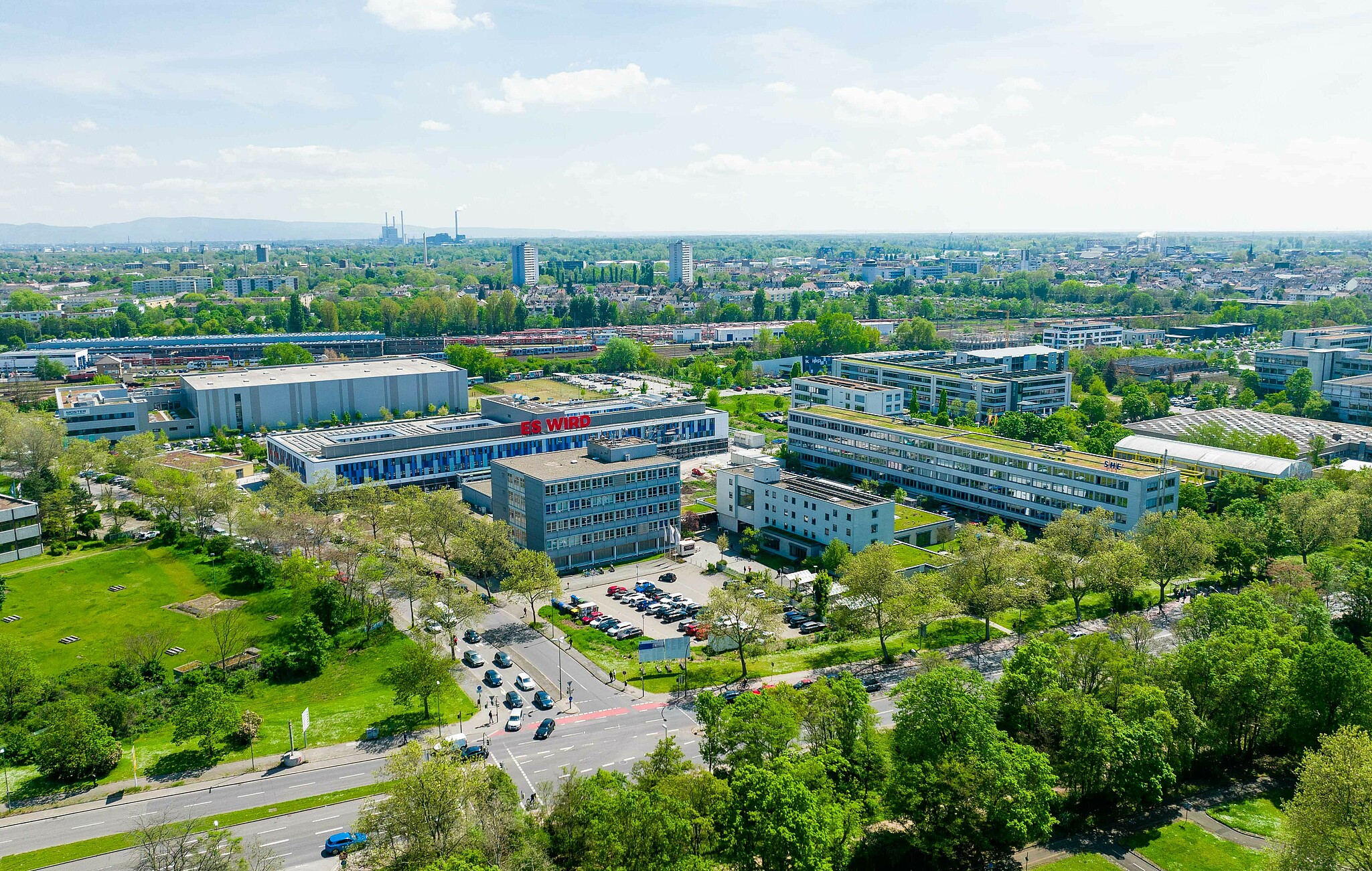Group work
Buß, Imke; Rump, Jutta; Kaiser, Janina; Schiedhelm, Melanie; Schorat-Waly, Petra
a) Description of the method
Group work is a phase in the learning process in which a (usually) small group of students completes a work assignment more or less independently.
What is it good for?
Learning in small groups sets various cognitive and social processes in motion. For example, short questions can be discussed in groups of two in order to consolidate, repeat or apply knowledge. More extensive tasks enable the cooperative and independent development of learning objects. The advantage of forming groups should be taken into account when setting tasks (e.g. incorporate different levels of experience and knowledge). The successful completion of a task can remain in the group or be available at the end as an observable and measurable result.
Whether the use of group work makes sense depends on the learning objectives of the course. As the subject matter of the group work is usually of a technical nature, it must be possible to work on this technical content in groups in a meaningful way. Group work is also suitable for promoting interdisciplinary skills, such as communication skills, teamwork, conflict resolution and independent learning.
Procedure as part of a face-to-face event
The procedure is divided into several phases:
1. Preparation phase: Clarification of the task and group allocation
2. Implementation: Discussion and work in small groups
3. Presentation/evaluation: Presentation of the group results (selected or by all groups)
4. Feedback/evaluation: Feedback and discussion of the results in the plenum
There are many practical uses for group work, e.g. for practicing, applying and consolidating knowledge, generating new solutions or introducing a new topic, as well as for preparing poster sessions or role plays. By deliberately dividing students into groups (e.g. according to previous experience, strengths of the students), the diversity of the students can be taken into account. If students can divide themselves into groups, this may lead to homogeneous groups and to the exclusion of less integrated individuals.
The role of the teacher is to give precise work assignments. During the group phase, they withdraw - but are available as advisors and remain approachable. During the exchange of results, educators act as moderators and provide feedback.
Group size
2-6 students per group
Time required
The time required depends on the task. An example of shorter group work in seminars:
Discussion work in the group: approx. 15 to 20 minutes
Presentation of group results: 10 minutes
Round table discussion in plenary: 10 to 15 minutes
Room set-up
Several group works can take place in the same room. Attention should be paid to the noise level.
Material
A flipchart or board is needed to collect and record ideas. For larger group work, students can also prepare handouts or similar.
b) How does group work promote & challenge the following diversity dimensions?
Prior professional experience & knowledge
Prior knowledge and experience can easily be taken into account by a) forming groups with students of different prior knowledge in one group. This is particularly useful if the students are to have a similar level of knowledge after the group work. Alternatively, there are tasks that explicitly address certain experiences or strengths of the students (e.g. if each group is to examine a topic from a different perspective). In this case, b) the distribution of topics according to prior (professional) knowledge can be useful.
Study motivation
Group work promotes both intrinsically and extrinsically motivated students. Regardless of the subject interest, however, it is important that the students understand the purpose of the group work (it must not stand "for itself"). Intrinsically motivated students have the opportunity to work together with other students to deepen their subject interest. Extrinsically motivated students are recognized through their performance in the group and the recognition of their results by their teachers.
However, studies indicate that with increasing group size, not only does the coordination of individual performance become more difficult, but the commitment of the individual also decreases (social loafing - i.e. individual participants reduce their commitment to group tasks). It is therefore important to keep the group size appropriately small.
Academic & social integration
Group work promotes in particular the social integration of students in the form of peer-to-peer exchange, a joint group performance and the joint learning process. Academic integration is less likely to occur with shorter group work (e.g. short marble group of two), but regular group work with more extensive tasks allows for exchange with the lecturer.
Time and location restrictions
Time and location restrictions depend on where the group work is used. Within the lectures/seminars, they are similarly restrictive as for all other face-to-face events. There is a high degree of predictability (time known in advance). Longer-term group work, in which students meet independently, can compensate for time restrictions and at the same time have the challenge of bringing all students "under one roof". Virtual exchange is an alternative here.
Literature
Landmann, M.; Schmitz, B. (2007): Successfully promoting self-regulation: Practical training programs for effective learning. Stuttgart: W. Kohlhammer Verlag.
Metz-Göckel, H. (2013): Group work and its dangers. In: Journal Hochschuldidaktik 1-2/2013.
University of Cologne (2010): Method pool. In collaboration with K. Reich.
Citation
Buß, Imke; Rump, Jutta; Kaiser, Janina; Schiedhelm, Melanie; Schorat-Waly, Petra (2017): Group work in face-to-face courses. In: Rump, Jutta; Buß, Imke; Kaiser, Janina; Schiedhelm, Melanie; Schorat-Waly, Petra: Toolbox for good education in a diverse student body. Working Papers of the Ludwigshafen University of Business and Society, No. 6.
Use according to Creative Commons under attribution (please use the citation provided) and for non-commercial purposes.
